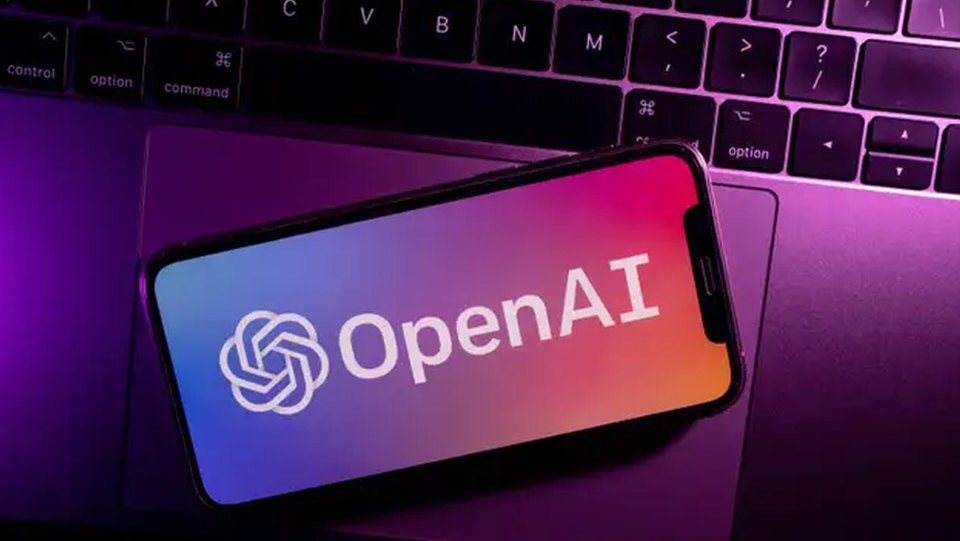How people and businesses are using AI: OpenAI’s report reveals how the world really uses ChatGPT

Since launching nearly three years ago, ChatGPT has become part of daily life in ways few technologies ever manage—spanning office work, tutoring, creative projects, and personal problem-solving. Despite its reach, there’s been little hard data on how people are really using it. That changed this week.
OpenAI just gave the public its clearest picture yet of how ChatGPT is being used in daily life. The company, working with Harvard economist David Deming, published a first-of-its-kind study and the largest analysis of consumer interactions with its chatbot to date—covering 1.5 million anonymized conversations over the past three years.
The findings, released as a working paper through the National Bureau of Economic Research, suggest that ChatGPT has shifted from being a novelty tool for work into something people reach for in everyday moments. By June 2025, 73 percent of messages sent to the bot were personal rather than work-related, a sharp rise from 53 percent the year before.
OpenAI’s chief economist Aaron Chatterji described the shift as evidence that ChatGPT is embedding itself across ordinary life. “We’re still learning how people use AI in the wild, but this trend gives us a glimpse into where the value is and how it’s shifting,” he said in a post on LinkedIn.
How People are Using ChatGPT
Researchers found that three-quarters of all conversations fell into three broad buckets: practical guidance, information-seeking, and writing. Practical guidance dominated, with users asking the bot for tutoring, teaching help, how-to advice, or creative brainstorming.
Work-related usage looked different. Writing made up about 40 percent of workplace interactions in June, with many people asking the bot to edit, critique, or translate existing text rather than generate fresh material. Two-thirds of writing requests were about refining drafts, not starting from scratch.
The report framed usage in terms of “Asking, Doing, and Expressing.” About half of all consumer messages landed in the “Asking” category—people turning to ChatGPT as an advisor. At work, though, 56 percent of messages were classified as “Doing,” meaning the bot was carrying out tasks such as drafting reports or writing emails.
The authors argued that rather than replacing jobs wholesale, ChatGPT has been helping workers sharpen judgment and productivity in knowledge-heavy roles. Writing, they noted, cuts across nearly every white-collar job, and strong communication skills remain among the most in-demand across industries.

Who’s Using ChatGPT
By July, researchers estimated that ChatGPT had reached 10 percent of the world’s adult population. The demographics are broadening as well. In early 2024, only 37 percent of users had names commonly associated with women. By mid-2025, that gap had nearly disappeared, with adoption rates matching the general population.
“Usage gaps are closing as we increasingly democratize AI. As of mid-2025, ChatGPT’s early gender gaps have narrowed dramatically, with adoption resembling the general adult population. In January 2024, among users with names that could be classified as either masculine or feminine, 37% had typically feminine names. By July 2025, that share had risen to more than half (52%),” OpenAI wrote.
Growth has been especially strong outside high-income nations. Adoption in low- and middle-income countries is now outpacing richer countries by a factor of four, according to the study. That shift suggests the chatbot is becoming more global, breaking out of its early footholds in the United States and Europe.
ChatGPT today offers several products beyond its consumer app, including an enterprise version, API access, and a software agent called Codex. But even as OpenAI scales, competition is heating up. Google’s Gemini recently overtook ChatGPT at the top of Apple’s App Store rankings after launching its new “Nano Banana” image editor model, and Elon Musk’s xAI is pushing hard to grab market share.
The research paper has yet to undergo peer review, but as the first comprehensive look into how millions of people actually use ChatGPT, it provides a rare window into the habits forming around AI. What started as a tool for work has increasingly become something people turn to for guidance, learning, and daily problem-solving.




